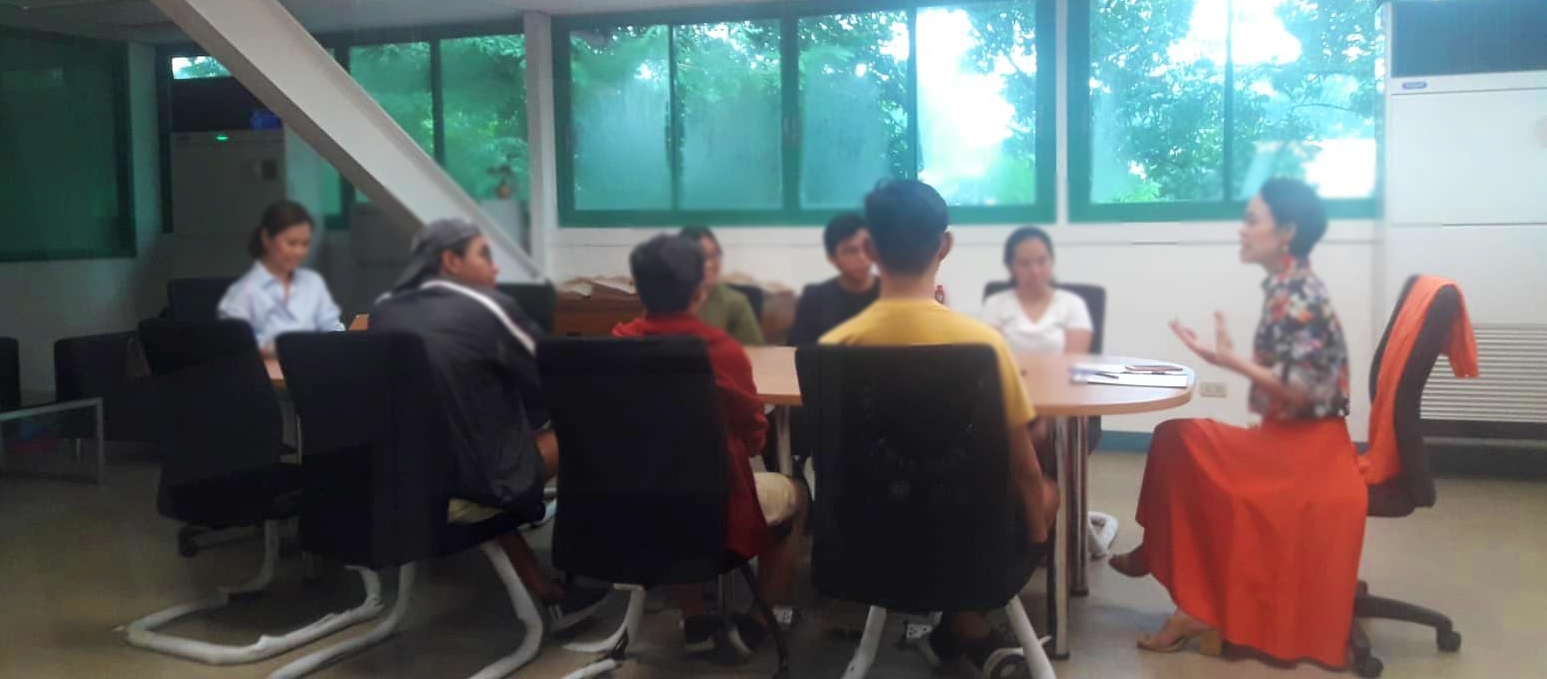Dear UPD General Education Faculty,
Warmest greetings!
As we all know, in an effort to mitigate the impact of COVID-19, all UPD classes might shift from face- to-face to remote and online teaching platforms. The General Education Center (GEC) Diliman understands that this decision to shift to remote teaching and learning aims to reduce the number of interactions on campus, slow down the rate of potential transmission, and reduce our collective risk.
GEC understands the great effort required of all GE faculty and students, and we are here to support you. We are happy to share with you an excerpt of article that you might find helpful as you handle your GE classes during these trying times (Source: Saucer, D.A. & Jones, T.L. (2020). Leading our classes through times of crisis with engagement and peace. Faculty Focus Daily: Higher Ed Teaching Strategies. Wisconsin: Magna Publications, Inc.. Full article could be accessed at
https://magnapublications.activehosted.com/social/2dffbc474aa176b6dc957938c15d0c8b.1617, with permission to repost excerpt of article from David Burns, VP and Publisher of Magna Publications and the authors.)
You may also be interested in a video Dr Saucier created that discusses the same themes they wrote about in the article:
Like many of our colleagues, we have recently transitioned to a remote teaching/learning platform. This is not easy and this is anxiety provoking… and that is okay. Check out our latest video to … |
LEADING OUR CLASSES THROUGH TIMES CRISIS WITH ENGAGEMENT AND PEACE
BY DONALD A SAUCER, PHD AND TUCKER L JONES, MS
(MARCH 25, 2020)
The worldwide COVID-19 pandemic has caused a fast and radical shift across colleges and universities to remote and online teaching models. As such, our face-to-face courses have been taken out of the physical classroom and thrust into virtual domains. While many instructors are fluent and may prefer online teaching practices, others are struggling to rapidly expand their skill sets and become fluent in technologies they have never, or perhaps only briefly, explored.
Although this transition to a remote teaching and learning format is uncomfortable for many of us, it has been inspirational to witness the collaborations that have emerged as a result of this pandemic. More specifically, in order to support these hasty efforts to move teaching online, a variety of communities of instructors have emerged to provide guidance, advice, tutorials, and other resources to help themselves and their colleagues achieve “good enough-ness” (teaching excellence is not the goal right now) in continuing to teach their students.
The recent emphasis on logistical resources and teaching-related information is understandable. Anecdotal accounts abound of instructors experiencing great anxiety at having been directed simply to “put classes online”, and these resources and information can help alleviate that anxiety and empower instructors to keep teaching. What has received less attention, however, has been discussion of how we as instructors should lead our students and inspire them in this time of emergency. Indeed, it is important to remember that while this is a new and unsettling experience for us, this is an equally new and unsettling experience for our students (many of whom are likely to be displaced from their housing situations and/or face economic hardships).
How we address these changing circumstances to our students will markedly impact their own reactions. We have an opportunity to use our teaching personas, philosophies, and practices to both help our students understand and manage the gravity of this current crisis and reassure them that we have some control, even in this uncertain situation, to create positive personal and professional experiences through our continuing academic connections. Below, we provide recommendations for how we can use our teaching personas, philosophies, and practices to lead our students during this crisis:
Acknowledge, and accept, that things are different now for us and our students.
.
Show your students that you will be reasonable and empathetic.
.
.
Model engagement, optimism, and PEACE for your students.
.
.
We believe that in times of crisis, instructors have the unique opportunity to model their engagement intentionally and palpably to their students to guide and inspire them through that crisis. Instructors have the opportunity to model acceptance of (as we stated earlier) and optimism about the situation. Further, instructors have the opportunity to bring PEACE to their students. In saying this, we mean not only that instructors can promote a sense of calm, reassurance, and positivity to their students (Saucier, 2019a) while teaching remotely, but PEACE is an acronym the describes the teaching persona they should make apparent to their students all the time. Instructors should explicitly manifest the attributes of Preparation, Expertise, Authenticity, Caring, and Engagement (PEACE) to their students (Saucier, 2019b). By doing so, instructors can use their teaching personas intentionally to inspire their students to persevere through the challenges we currently face.
The COVID-19 pandemic has shaken the world and will fundamentally change how we face many aspects of life. The transition of education to remote teaching models has been and will continue to be difficult for instructors and students. While this pandemic is (hopefully) temporary, we may make permanent impressions on our students by focusing on more than how to deliver our content in online modalities. We as instructors have unique opportunities to use our teaching personas, philosophies, and practices to inspire our students to keep learning, especially as we keep teaching in engaging and PEACE-ful ways.





